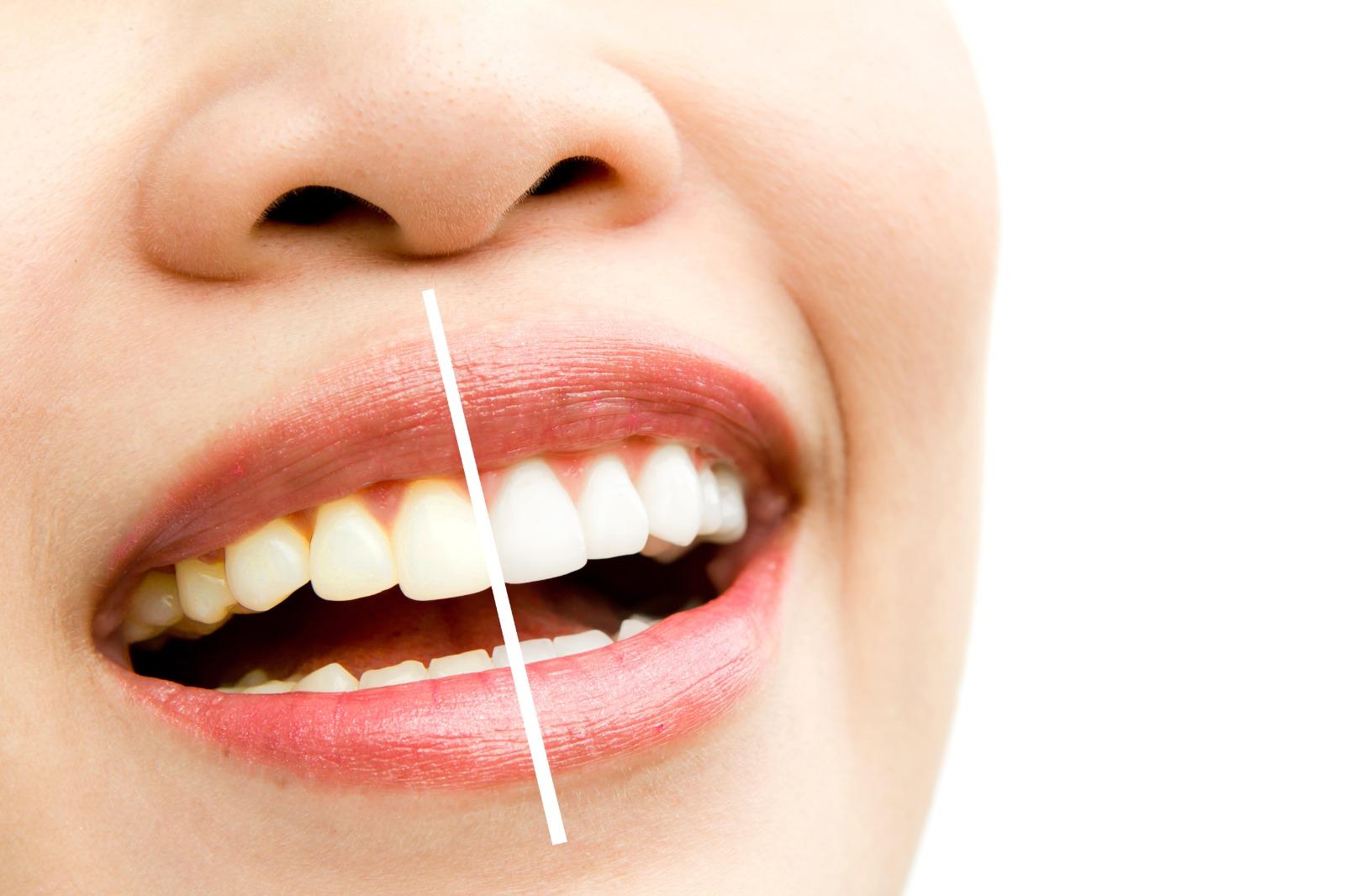
The nose is a central
element of the human personality. It is the focus of visual attention and
significantly shapes the aesthetic effect of the face. Anyone who is
dissatisfied with the shape of their nose, therefore, feels a high level of personal
suffering and a weakening of self-esteem. Often the disturbance of the external
shape also leads to an impairment of nasal breathing. Therefore, every nose
operation must check whether the inner structures of the nose also need to be
corrected. A deterioration of nasal breathing due to the aesthetic improvement
of the nose's shape must also be avoided at all costs.
During the operation, the
nose can be straightened, reduced, or enlarged. The tip of the nose and nostrils
can also be corrected. Surgical techniques have improved continuously in recent
years. By opening up the nose with the help of an incision between the nostrils
that is hardly visible later, the operation can now be performed much more
precisely and with greater safety than in the past.
In a nose correction, an
attempt is made to change the shape and size according to your ideas. The aim
of the operation is above all to change the nose in harmony with the other
facial operations. An inconspicuous nose shape must be created that does not
show that the nose has been operated on. The individuality of the patient
should not be changed as much as possible. At the same time, the breathing
function must be preserved.
A decisive factor in any
nose operation is the skin. In most cases, the nose is reduced in size and the
skin must be adapted to the changed nasal framework. This is usually only
possible to a limited extent with coarse-pored, thick skin, while a thin skin
has the disadvantage that all irregularities under the skin can not only be felt
but also seen.
The operation
A nose correction usually
takes one to three hours. Depending on the complexity of the procedure, more
time may be needed. To prevent bleeding of the mucous membranes, you will be
given a vasoconstrictor during the anesthetic.
After the nose correction
Immediately after the
procedure, you can expect pain in the wound area, headaches, and clearly visible
swelling and bruising in the cheek and lower eyelid area. Both will disappear,
but this can sometimes take longer.
What complications can
arise?
Every operation involves
risks. However, the risks of a nose correction can be minimized if the
operation is carried out by a qualified plastic surgeon with sufficient
experience. Despite the greatest care, however, as with any surgical procedure,
isolated complications can occur during or after the operation. In general,
there is a risk of bruising and bleeding. Infections can lead to wound healing
problems. Blood clots can lead to vascular occlusion (thrombosis) or enter the
lungs (pulmonary embolism). Allergies and intolerances can occur when medicines
or anesthetics are administered. If blood transfusions are necessary, an
infection cannot be ruled out despite all precautionary measures. After the
operation, numbness may occur due to compressed nerves or other positional
damage, but this usually subsides.



.png)